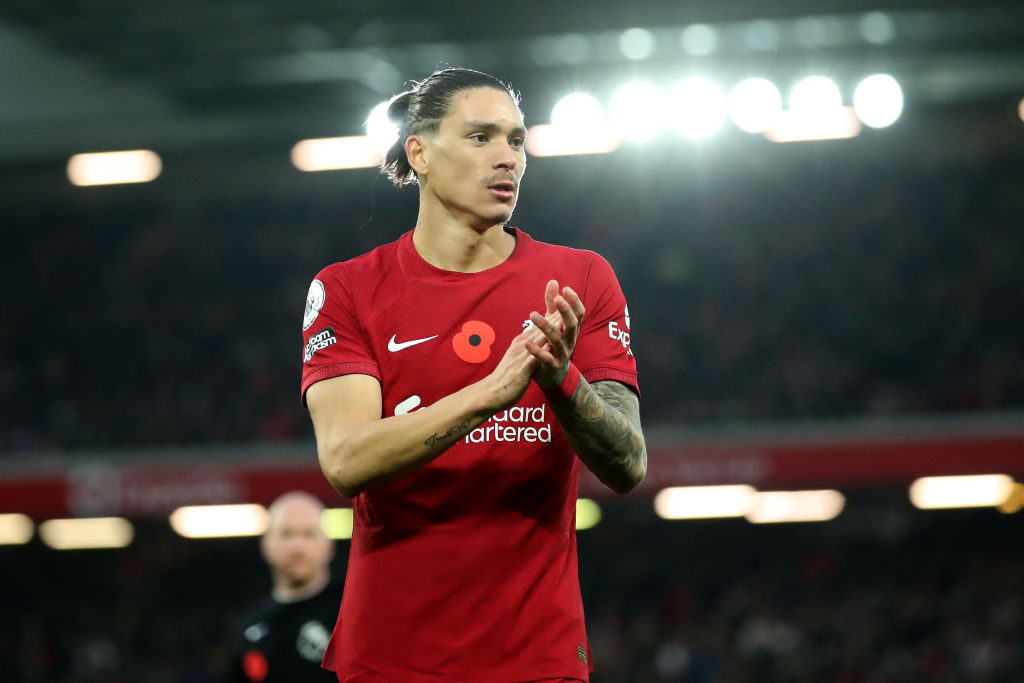Kop of living crisis: Soaring bills hit Liverpool’s bottom line

It seems that even the world’s richest football clubs are not immune to the cost of living crisis after soaring bills put a dent in Liverpool’s profits.
The Premier League club achieved record revenues of £594m last season but turned a pre-tax profit of just £7.5m following a steep rise in matchday overheads.
The return of fans to stadiums following the pandemic, double-digit inflation and the energy crisis all contributed to Liverpool’s overheads mounting.
“The cost of running a football club does continue to rise,” said managing director Andy Hughes.
“It was really great having supporters back at Anfield and returning to some sort of normality after a really challenging period for everyone.
“Some of the numbers in these latest accounts look slightly skewed as a result of the previous reporting period being impacted by the global pandemic.
“However, the underlying strength of our financial position remains strong and we continue to operate a sustainable club which is our main objective from a financial perspective.”
Liverpool were also hit by rising salary costs as the club challenged in four competitions, coming within two wins of achieving an unprecedented quadruple.
Income from matchdays shot up from £3m to £86m as Covid-19 restrictions were dropped, while earnings from sponsorship and retail, including record sales of their new Nike kit, grew £29m to £247m.
Broadcast income was broadly flat at £261m, falling £5m from the previous year’s figure, which was inflated by the 2019-20 season overrunning.
The club’s revenue placed them third in Deloitte’s annual Football Money League although that position could be under threat unless they improve their domestic form and qualify for the Champions League.
Hughes added: “What’s important now is to finish this season as strong as possible, both on and off the pitch, while we continue to manage costs and explore opportunities for growth in our commercial operations so we can continue to reinvest revenues in players and infrastructure.”
